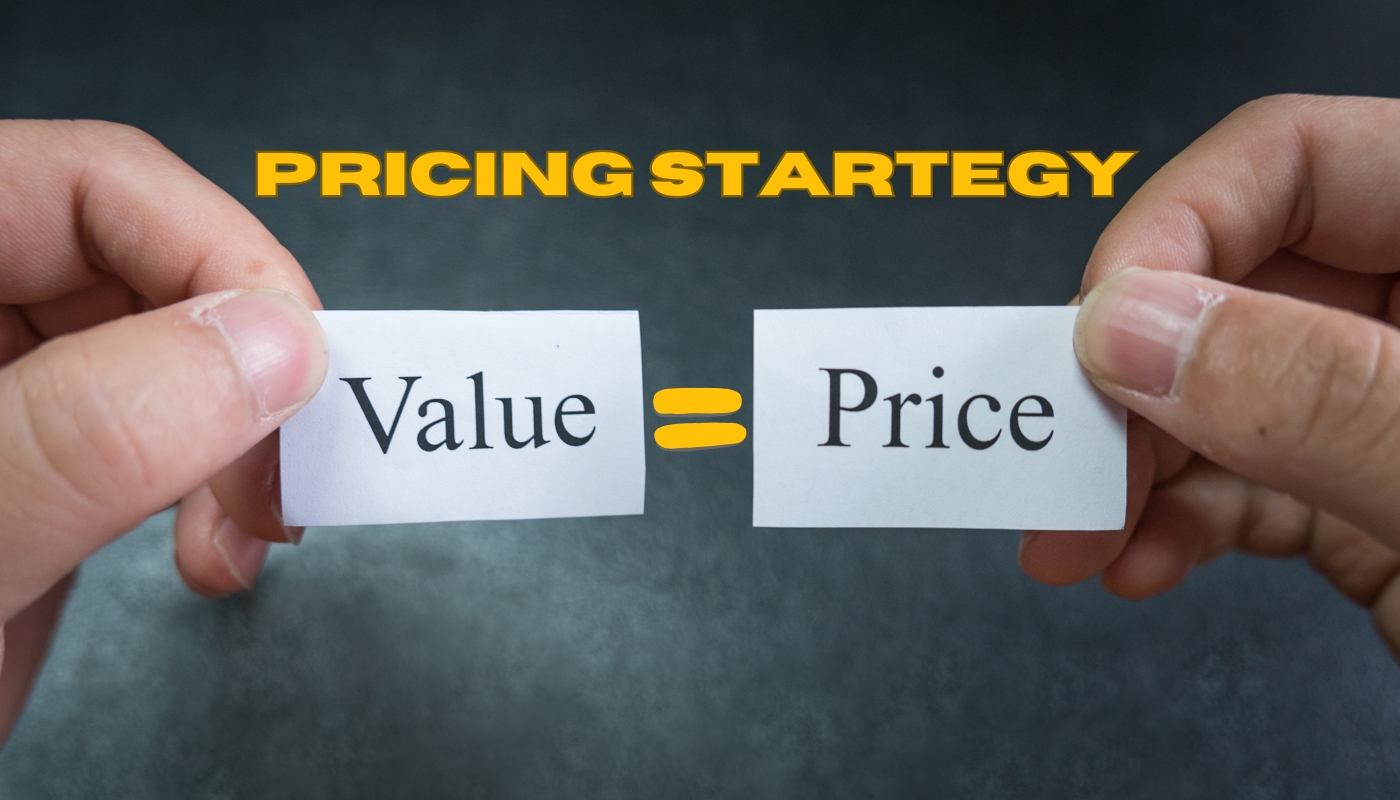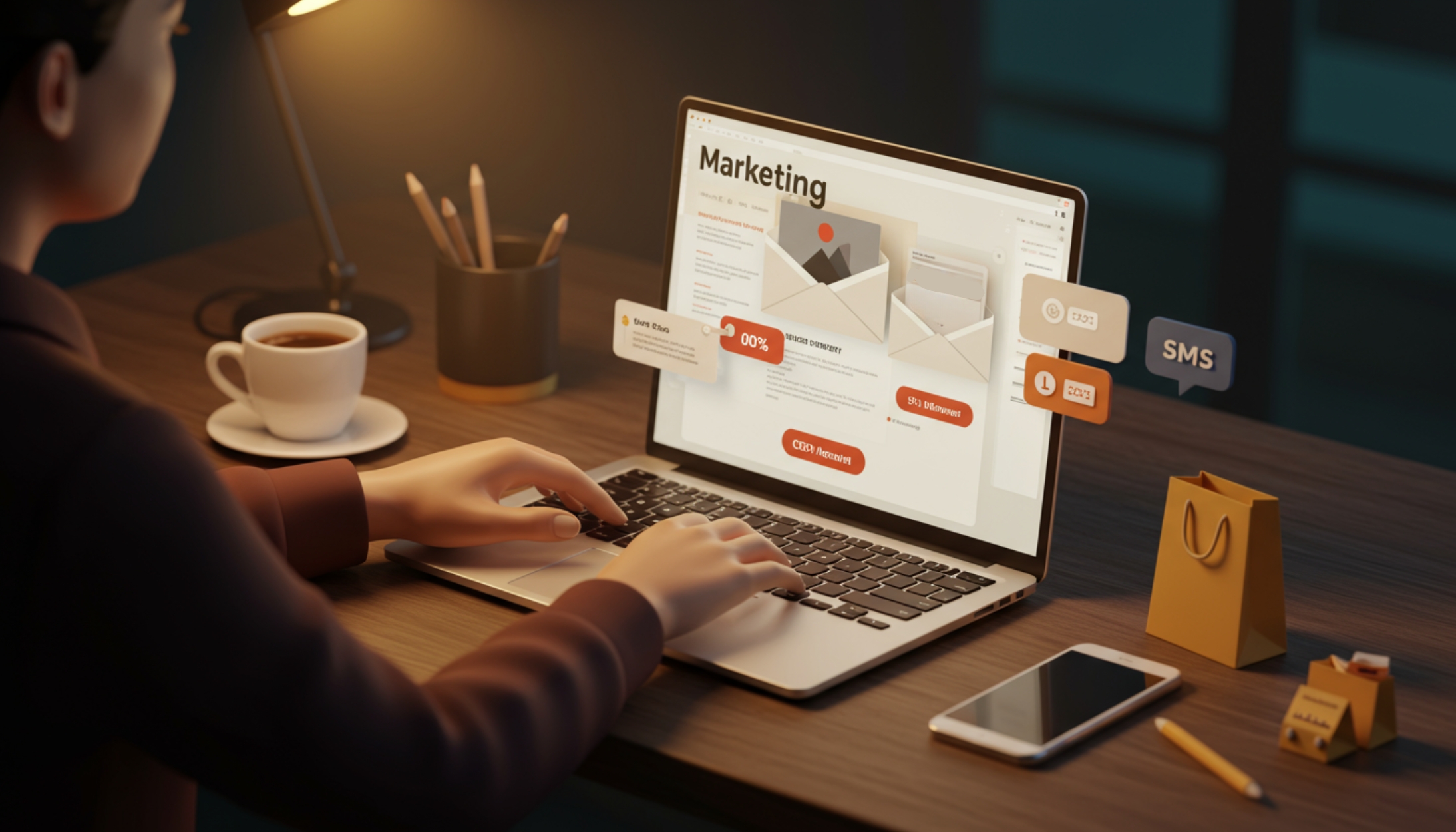Table of Content
Introduction
A lot of people have stumbled when it comes to dropshipping pricing strategy. It’s something that often gets overlooked in the world of dropshipping and ecommerce. We end up just taking wild guesses and setting prices based on estimates, and guess what? It can seriously cost you thousands in losses on your investment.
In this article, we’ll explore the most effective dropshipping pricing strategy for 2023. We’ll break down a formula and essential elements to price your products effectively in the world of dropshipping. Let’s dive right in!
The Vital Role of Dropshipping Pricing Strategy
Pricing your dropshipping products ranks high among the crucial elements of your business. Surprisingly, many people tend to overlook this pivotal aspect. You’ve probably scoured through numerous dropshipping guides but they often fall short when it comes to discussing or teaching the ins and outs of a solid dropshipping pricing strategy.
Why is Pricing Your Products Correctly so Crucial?
Well, one major benefit is the ability to maximize your profit margins. A solid pricing strategy plays a pivotal role in ensuring your business remains consistently profitable.
If your profit margins aren’t up to the mark, you’ll find yourself in the unenviable position of being unprofitable. This is because your returns on ad spend (ROAS) and return on investment(ROI) won’t reach the desired levels, and your expenses will outweigh your earnings.
Even if people are making a profit, they might not realize they could be earning an extra dollar or two. That’s because they haven’t tried the tactics I’m about to share with you in this article.
Position Yourself Correctly in the Market
If you don’t position yourself correctly in the marketplace, visitors to your product page may raise eyebrows if your prices are too high or too low.
Overcharging might lead them to think you’re trying to overprice them, prompting them to leave and seek alternatives.
On the flip side, undercharging may make them skeptical, thinking the deal is too good to be true, and they’ll explore other marketplaces for better options.
If you don’t get your product pricing right, your business could end up in the red, making it impossible to cover essential costs such as advertising expenses, taxes, app fees, website hosting, and supplier payments.
Understanding Costs in Dropshipping
Dropshipping is a business model where you sell products without actually stocking them. Instead, when a customer buys from you, the order is sent to your supplier who ships it directly to the customer. Key to this business are the costs involved:
- Product Costs: This is what you pay your suppliers for the products. You buy these products at a wholesale price (which is lower) and sell them in your store at a retail price (which is higher). The difference between what you buy for and what you sell for is your profit.
- Shipping Charges: Your suppliers take care of sending the products to your customers. But, it’s important for you to keep an eye on these shipping costs. Sometimes they might be included in the price you pay for the products, but either way, you need to make sure you’re still making money after these costs.
- Platform Fees: If you use a website like Shopify, WooCommerce, or BigCommerce to sell your products, they usually charge a monthly fee. The amount depends on which platform you choose and what kind of features you need for your store.
Effective Pricing Strategies in Dropshipping
Having the right pricing strategy is crucial in dropshipping, especially because there’s a lot of competition. Here’s how you can set your prices:
1.Tiered Markup Strategy: This means you put a higher percentage of profit (markup) on cheaper items and a lower markup on more expensive items. For example, small, inexpensive items might be sold for double their cost, while bigger, costly items might be sold for just a bit more than their cost.
2.MSRP and Discounting: The Manufacturer’s Suggested Retail Price (MSRP) is a guideline for pricing. You can sell below this price to attract customers. Just make sure not to price things so low that it seems like your products are low quality.
3.Psychological Pricing: Pricing products at, say, $19.95 instead of $20.00 can make a big difference. It makes the price seem less, even though there’s only a small difference.
4.Fixed Markup: This is when you add a set amount of profit to each item you sell. For example, you might decide to earn a fixed $3 on every product, no matter its cost.
5.Competition-Based Pricing: This means you set your prices based on what your competitors charge. While it’s important to keep up with competitors, be careful not to always undercut them, as it might give the impression that your products are of lower quality.
6.MAP-Based Pricing: Minimum Advertised Price is the lowest price a manufacturer allows you to advertise a product for. Sticking to this price helps maintain a good relationship with your suppliers and keeps the brand value.
7.Dynamic Pricing: This is where you change your prices based on what’s happening in the market, like what your competitors are charging or how much demand there is for a product. This strategy requires tools to help you track these changes and adjust your prices accordingly.
In essence, managing these costs and employing a smart pricing strategy is essential for a profitable and sustainable dropshipping business.
Bonus Tips – Dropshipping Pricing Strategy
About 70% of successful products fall within the price range of $14.99 to $29.99. Why? Well, it’s because people tend to feel comfortable buying affordable items online. If they spend $20 on something and it doesn’t meet their expectations, they’re generally okay with it.
Only 20% of successful products fall within the price range of $30 to $69.99. The reason for this lower percentage is that when you ask customers for more money, especially if you’re not a well-known brand, they tend to question both your credibility and your pricing.
Remarkably, just 10% of the top-performing products are priced at $70 or higher. This is because, as you move up the price scale, it requires significantly more effort, marketing, and relationship-building with customers.
When to Increase or Decrease Your Product Price
Another pro tip – understanding when to adjust your product prices. After you’ve made around 20 to 30 sales, consider raising your prices. If your conversion rate exceeds 3%, a $1 increase might not seem like much, but when you’re making a substantial number of sales, that extra dollar can make a significant impact. Conversely, if your product’s conversion rate is low, consider lowering the price by $1.
Read More
- Understand the Dropshipping Business Model and Its Benefits
- What Is a Dropshipping Business and How It Works
- Top Dropshipping Suppliers to Partner with for Your Business
- Is Dropshipping Worth It? 6 Things You Need to Know
- Discover the Most Profitable Dropshipping Niches
- How to Start a Dropshipping Business with Books
- Start a Dropshipping Jewelry Business with These Tips
- Best Dropshipping Products to Sell for Maximum Profits
- Avoid Common Dropshipping Mistakes for Business Success
- Effective eCommerce Marketing Strategies to Boost Sales
To Wrap Things Up
Mastering the art of dropshipping pricing strategy is key to achieving long-term success in your business.
We’ve explored the importance of pricing your products correctly, understanding your niche and perceived value, and the power of adjusting prices strategically. By following these guidelines, you can navigate the dynamic world of dropshipping with confidence.
Remember, it’s not just about making sales, it’s about sustaining a profitable venture that meets the needs of your customers. So, as you embark on your dropshipping journey, keep these insights in mind, and watch your business thrive. Here’s to your success in the ever-evolving world of ecommerce!
FAQs
1. What is the best pricing strategy for a new dropshipping business?
The best pricing strategy combines competitive and value-based pricing. Research competitors to understand market rates but focus on the unique value your products offer, such as superior quality or exclusivity. Factor in your costs and profit margins to strike a balance where your prices remain competitive while reflecting your product’s value. This approach helps build trust and attracts customers while ensuring profitability.
2. How do I calculate the right markup for my dropshipping products?
Start by determining your total cost per item, including product cost, shipping, taxes, and other fees. Then, decide on your profit margin. A common approach is tiered markup:
- Low-cost items (<$10): 50-100% markup.
- High-cost items (>$100): 15-30% markup.
Adjust based on product type, competition, and target audience preferences for the best results.
3. Is it better to use fixed or dynamic pricing in dropshipping?
Fixed pricing: Simple and easy to manage; ideal for stable products with consistent demand.
Dynamic pricing: Adapts to market trends, demand, and competition. It’s suitable for fluctuating markets but requires tools for real-time adjustments. Choose based on your product range and operational capacity.
4. How do I ensure my pricing strategy doesn’t devalue my brand?
Avoid heavy discounts or excessively low pricing, which can signal low quality. Highlight the unique selling points (USPs) of your products, such as premium quality, exclusivity, or exceptional service. Build a compelling brand story and maintain excellent customer service to justify your pricing and protect your brand’s perceived value.
5. Can psychological pricing make a difference in dropshipping?
Yes, psychological pricing can boost sales. Techniques like pricing items at $19.99 instead of $20 (charm pricing) make prices seem lower and more appealing. Use this strategy sparingly and align it with your brand image to avoid appearing gimmicky.
6. Should I follow the Manufacturer’s Suggested Retail Price (MSRP) in dropshipping?
The MSRP is a guideline, not a rule. Adjust prices based on your audience and market strategy. However, avoid pricing too far below the MSRP, which could affect perceptions of quality and authenticity, or too high, which might drive customers to competitors. Strike a balance that reflects value and builds trust.
7. What are the risks of competition-based pricing in dropshipping?
Relying solely on competition-based pricing can lead to price wars and reduced profit margins. It may also diminish the perceived value of your products and make your business overly dependent on competitors’ pricing. Combine this approach with an understanding of your costs, market trends, and customer value to maintain control and profitability.





